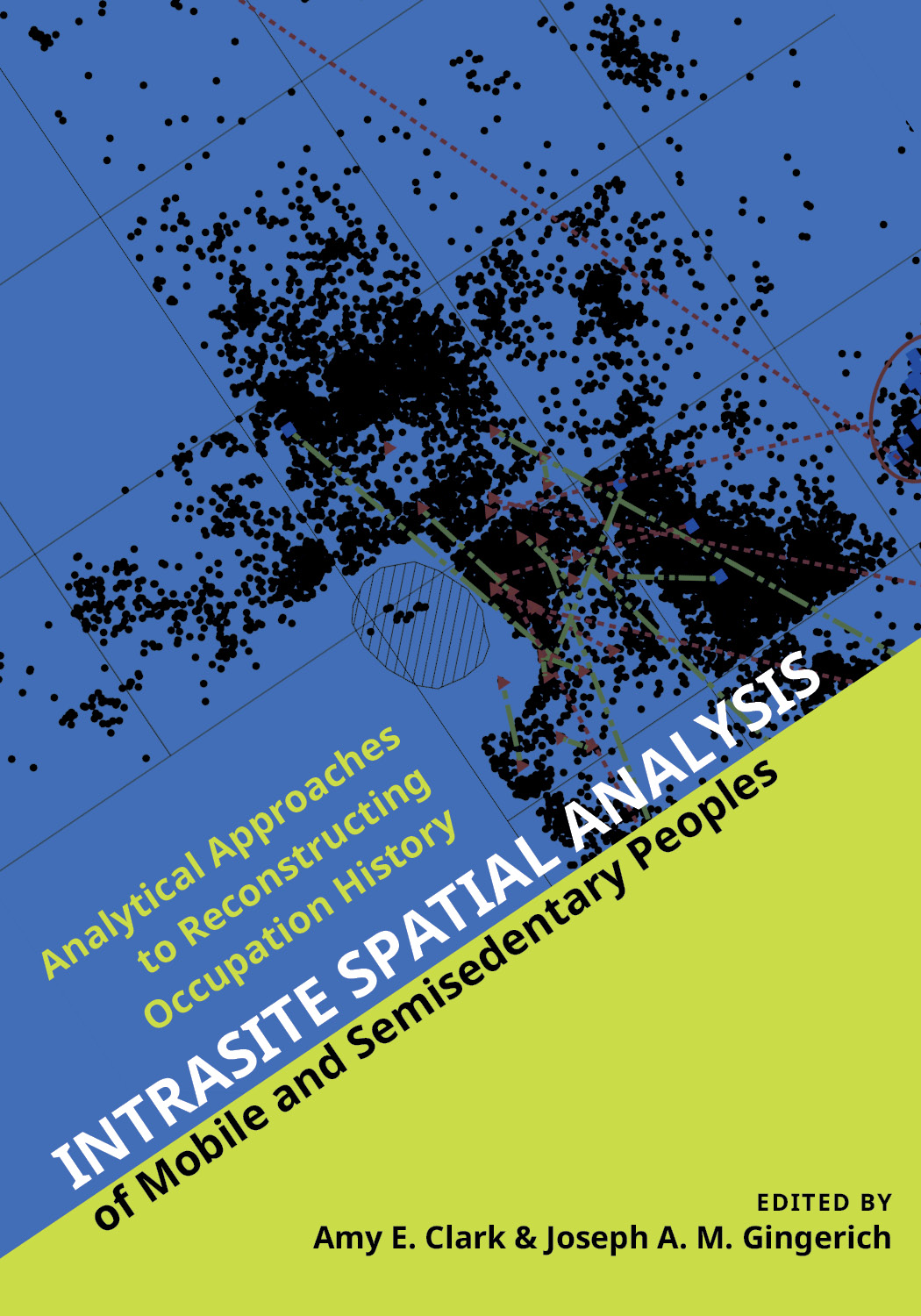Citation:
Abstract:
Describing the nature and meaning of artifact spatial patterning can be highly subjective, yet many patterns can be quantified to create general models that are comparable across time periods and geographic space. The authors employ various techniques in this endeavor, including large sample sizes, model-driven analyses of the ethnographic record, bone and lithic refitting, and a careful consideration of artifact attributes that elucidate spatial patterning. Such detailed analyses allow archaeologists to better interpret site formation processes and address large-scale anthropological questions.
This volume includes studies that span archaeological and ethnographic contexts, from highly mobile Paleoindian foragers to semi-sedentary preagriculturalists of the Epipaleolithic and modern pastoralists in Mongolia. The authors hold that commonalities in human behavior lead to similar patterns in the organization and maintenance of space by people. They present a series of ideas and approaches to make it easier to recognize universals in human behaviors, which allow archaeologists to better compare intrasite spatial patterns. The book creates a baseline for new intrasite spatial analyses in the twenty-first century.

